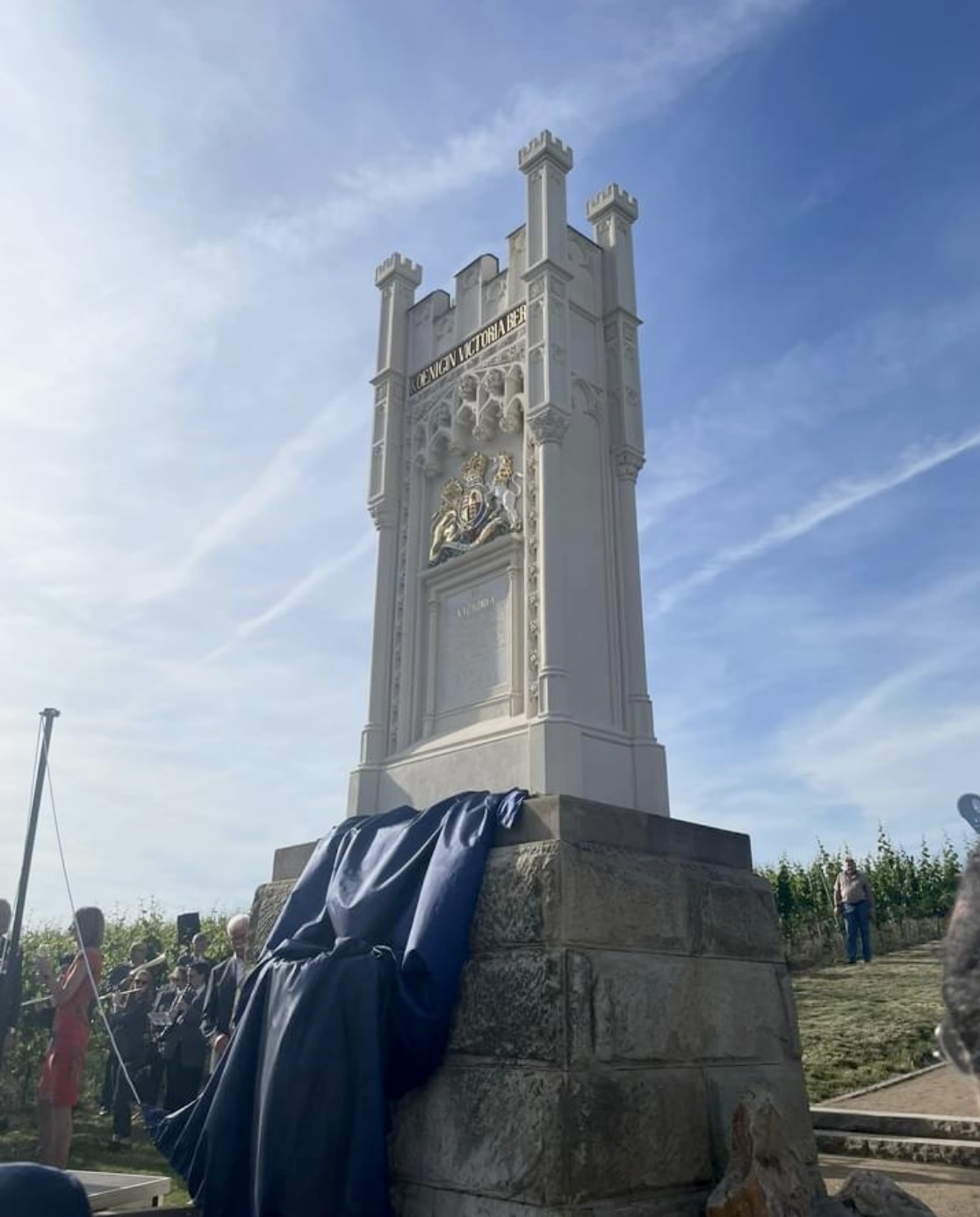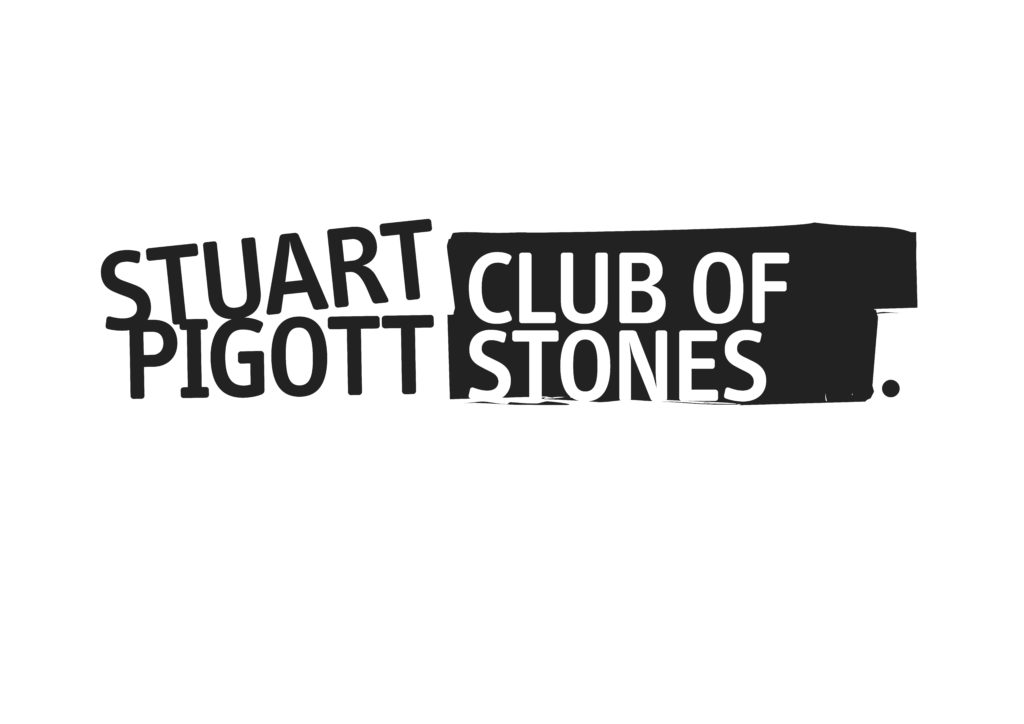
There were a number of requests for me to publish the text of my speech at Weingut Flick in Wicker/Rheingau on the occasion of the unveiling of the restored Königin-Victoriaberg monument by Jill Gallard, the British Ambassador to Germany. I have added a few details to make it easier for those who did not attend on Tuesday, 14th June to follow. Firstly, the monument was erected in 1854 by the vineyard’s then owner Georg Michael Papstmann to commemorate the visit of Queen Victoria and her consort Prince Albert to this spot for a pick-nick on the 15th August 1845. The vineyard is owned by the Hupfeld family, but is on long-term lease to Reiner Flick of Weingut Flick, who’s Königin Victoriaberg Rieslings are highly recommended.
I studied cultural history at the Royal College of Art (RCA) from 1984-86 and one of the things I learnt from my Professor, Christopher Frayling, is that the best way to understand a historical event or person is to look at them from as many different angles as possible. Today I’d like to look at Queen Victoria and Prince Albert’s visit to the vineyards of Hochheim in the Rheingau region back in 1845 from two perspectives and to see how they connect with one another.
First of all, who was Queen Victoria? The schoolchild’s answer is that she was queen of England for the great majority of the 19th century (1837-1901) is correct, but superficial. In fact, she was the 6th British monarch from the House of Hannover. George I was the first (from 1714-1727) of them and he was not popular, because he only spoke German. Queen Victoria’s great popularity is quite a contrast to that! However, her connection to Germany goes much further than this, starting with the fact that her mother was Victoria, Princess of Saxe, Coburg and Saalfeld. This is, of course, where her first name came from.
In 1840 she married Albert, Prince of Saxe, Coburg and Gotha and they had 9 children together. The eldest of these was Victoria, Princess Royal, who married Frederick, Prince of Prussia in 1858. 30 years later he became the German Kaiser Frederick III and King of Prussia, but he died only 99 days later. He was succeeded by their eldest son Wilhelm II, often referred to as Kaiser Bill, the last German Kaiser.
Wilhelm II was present at the bedside of his grandmother Queen Victoria when she died on the 22nd January, 1901 sitting next to her eldest son and successor King Edward VII. His full name was Albert Edward of Saxe, Coburg and Gotha. This remained the family name until in 1917, when, during World War I King George V changed the family name to Windsor by Royal Proclamation. So you see, the connections between the British Royal Family and Germany go very deep.
Today we celebrate how the trade in German wine is a historic and contemporary link between the peoples of Britain and Germany. The word Hock for German Rhine wines, which clearly derives from the name Hochhiem, stands for this. It goes back much further than 1845, so let us have a quick look at the history of Hock.
The first recorded exports of wine from the German Rhine to Britain date back to the 10th century, that means well before the Norman conquest of England in 1066. The route of transport for wine then was down the Rhine via Cologne (Köln), which was a great trading hub. From here all manner of goods were exported to Britian, the Netherlands, Scandinavia and the Baltic. Already in 1162 the Rheingau Cistercian monastery of Kloster Eberbach (still the largest wine estate in Germany!) established a wine cellar there. At Winkel/Rheingau you can see one of the ancient cranes used to load wine barrels on to riverboats. In 1380 fully 12 million litres of wine were exported from Cologne, a good part of it to Britain, but at this time the English name for these wines was Rhenisch and there is no record of Hock.
Big changes were coming though and the centre of the Rhine wine export trade gradually switched from Cologne to Frankfurt after 1500. The first mention of Hock comes in Thomas D’Unfrey’s play Madame Fickle in 1675, and we can assume that his audience knew what the actors were talking about. That suggests the term may well have replaced Rhenisch during the Restoration period from 1660, much else having also changed then but I am speculating. It then referred not only to the wines of Hochheim, but to wines from the entire Rheingau. Later its use was expanded to wines from the German Rhine.

All of this happened long before the arrival on the scene of the Riesling grape, today the most widely planted grape variety in Germany and the wine most widely associated with Germany. The most significant date for German Riesling is the replanting of Schloss Johannisberg’s vineyards with 293,000 Riesling vines in 1720-21. It was probably the first ever mono-varietal vineyard in the world, regardless of grape variety!
A number of innovations followed this, including the discovery of the advantage of late-harvesting, or Spätlese, for wine quality at Schloss Johannisberg in 1775. However, the big breakthrough for the Riesling wines of the Rheingau and Germany came with the great 1811 vintage. At this time all wines needed at least 3 years in barrel to clarify and stabilize before they could be bottled or sold. This means that the 1811s came onto the market right after the end of the Napoleonic Wars in , when travel and the movement of goods became much easier; perfect timing! These wines soon had the advantage of a celebrity endorsement in the form of Goethe’s West-östliche Divan published in 1819. Several poems in this collection sing the praises of der Eilfer, as Goethe referred to the wines of the 1811, or comet vintage.
After Prince Albert married Queen Victoria in 1840 many German things became fashionable in Britain. For example, he was not responsible for putting up the first Christmas tree in Britain, although the Royal Family certainly has that honour. However, he certainly popularized putting a brightly decorated fir tree indoors during the Christmas season, making it an essential part of the British Christmas. Also, right through the reign of Queen Victoria the status and prices of German wines continued to climb.
So, you see, there were many reasons why the couple made time to come here to see the place where the name Hock originated and to celebrate how these wines linked the peoples of Britain and Germany for many centuries. You could say that their visit placed a crown on that long relationship which continues to this day.
Thank you for your attention.

